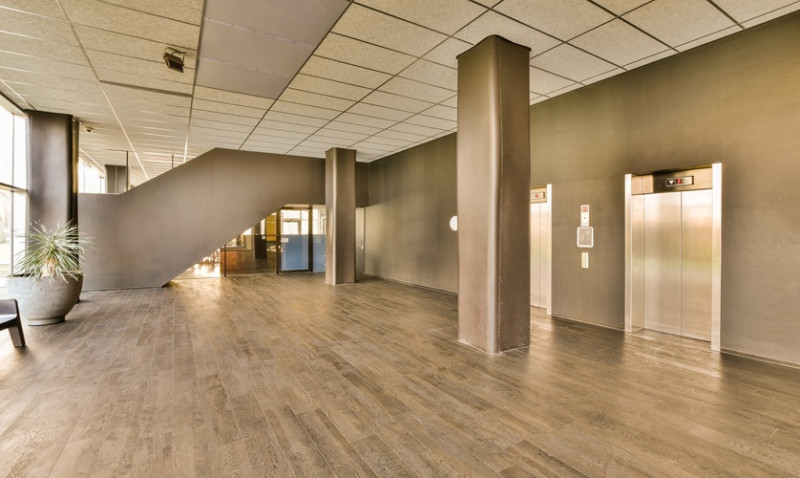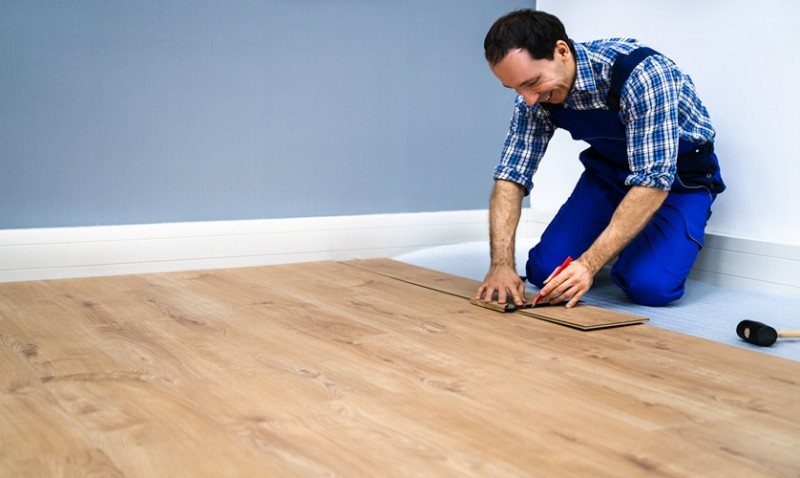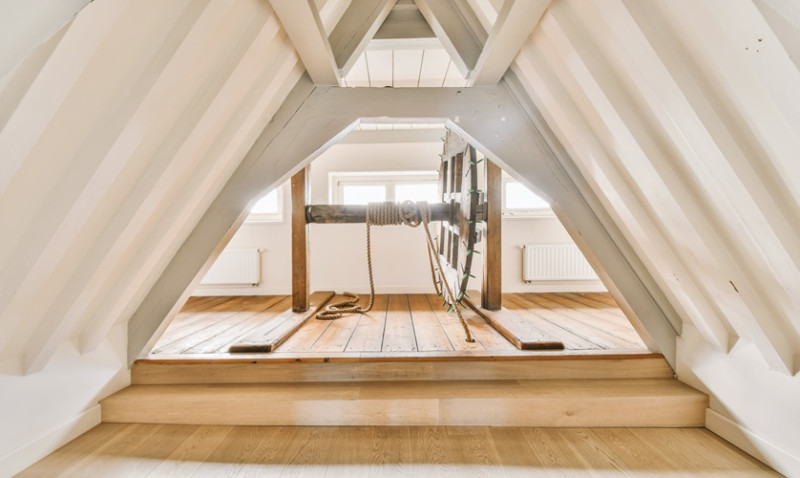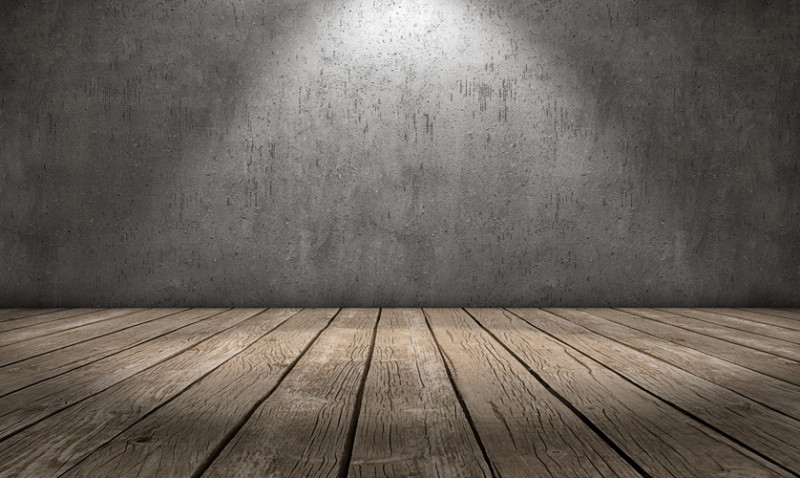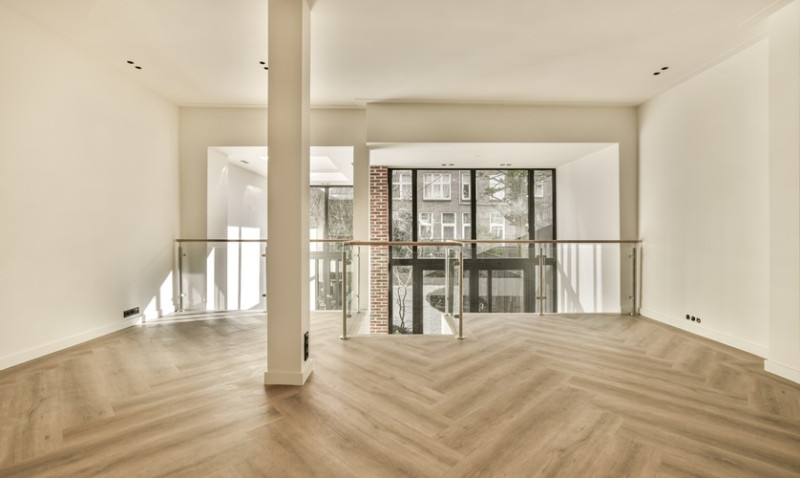
Refinishing hardwood floors is one of the most impactful home improvement projects you can undertake. Whether you're a seasoned DIY enthusiast, a young professional sprucing up your first home, or a design-savvy architect looking to restore period charm, properly restored hardwood flooring adds value, elegance, and warmth to any interior space. But before you start sanding and staining, there are a few critical points you need to understand to ensure a stunning, long-lasting result.
In this guide, we’ll walk you through the six essential things you need to know before refinishing hardwood floors in the UK. These insights will save you time, help protect your investment, and arm you with the knowledge to either tackle the job yourself or speak confidently with your hired tradesperson.
1. Know Your Floor Type: Not All Wood Is the Same
The first thing to do before planning your floor refinishing project is to confirm what type of hardwood flooring you’re dealing with. Solid hardwood, engineered wood, softwood (like pine), and parquet all behave differently and require slightly different refinishing methods.
Traditional solid hardwood floors—usually oak, beech, or maple in the UK—can typically handle multiple rounds of sanding over their lifetime. If you’re unsure, lift a floor vent or edge trim and inspect the thickness of the plank. Anything over 3/4 inch thick is most likely solid wood and safe to sand down.
Engineered wood flooring, on the other hand, has a thin veneer of hardwood bonded to several layers of plywood or fibreboard. These floors can only be sanded once or twice, depending on the veneer thickness. Attempting a full sanding on a thin veneer can completely wear through the top layer and expose the sublayers—ruining your floor.
Parquet floors can be refinished too, but require particular attention to the direction of sanding due to the varied grain pattern. Always consult with a specialist if in doubt—especially for heritage or older properties.
2. Timing Is Everything: Plan Around Seasons and Schedule
Refinishing wood floors is a messy, time-consuming process that can seriously disrupt your living space. Most UK homes with central heating and closed ventilation systems will accumulate more dust during sanding compared to homes with large open windows.
Dry weather with moderate humidity levels is ideal. Late spring or early autumn are perfect seasons to refinish your floors, as wood expands or contracts depending on moisture in the air. High humidity can lead to warping, while dry conditions can cause cracking or splitting after the finish is applied.
You’ll also need to plan for drying times. Depending on the type of finish you choose—such as oil-based or water-based polyurethane—you may need to stay off the floor for 24 to 72 hours.
Lastly, book your equipment rental (or a tradesman) well in advance if you're working to a deadline. Refinishing projects become particularly popular during bank holidays and school breaks.
3. Preparation Is Half the Job
Successful floor refinishing is all about the prep. Failing to properly prep the area can lead to major setbacks during the sanding or staining stages. Start by removing all furniture and décor from the room—not just moving them to one side.
Take time to inspect the floor for nails, staples, or screws sticking above the surface. These need to be removed or countersunk below the wood's surface to avoid damaging the sander and creating uneven scratch patterns.
Repair any visible damage before you start sanding—this includes filling deep gouges, re-securing loose planks, or replacing split boards. Use a suitable wood filler that matches your floor stain or opt for a stainable filler product.
Seal off adjoining rooms with plastic sheeting and painter’s tape. Even if you rent a dustless sanding system, some microdust will inevitably make its way into other areas. You might also want to cover wall vents, light fixtures, and sockets.
4. Choose the Right Sanding Equipment
There’s more to sanding than just grabbing a rented floor sander and going at it. The right tools—and using them correctly—will make or break your refinishing job. Popular equipment includes drum sanders, random orbital sanders, and edge sanders.
Drum sanders are powerful machines and remove finishes quickly—but they are aggressive and require solid control to avoid gouging the floor. Beginners often find orbital sanders easier to use, although they may take longer to produce the desired smoothness.
You’ll also need an edging sander to get close to skirting boards and into corners where the main sander can’t reach. Don’t forget to gradually reduce the grit number of your sandpaper across each sanding pass—from 36 or 40 grit for initial cutting, down to 100 or 120 grit for finishing.
Never skip grits. This creates uneven floor texture and interferes with stain absorption. Vacuum thoroughly between each pass to ensure dust-free staining and finishing.
5. Picking the Right Finish: Oil vs. Lacquer
Now that your floor is smooth and clean, it’s time to choose a finish that suits both your lifestyle and design preferences. In the UK, the two most popular hardwood floor finishes are oil-based and water-based polyurethane lacquers.
Oil-based finishes penetrate the wood and bring out a rich, warm tone that enhances the grain. They offer a natural matte look and are easier to re-apply over time without extensive prep. However, they tend to take longer to dry and are more sensitive to staining in the first few days, so extra care is needed during the curing period.
Lacquer finishes (including water-based polyurethanes) form a strong surface layer that resists spills, scratches, and UV damage. These tend to offer a glossier finish and are ideal for high-traffic areas like living rooms, hallways, and kitchens.
Here’s a quick comparison table of common finish types:
| Finish Type | Dry Time | Durability | Sheen Level | Maintenance |
|---|---|---|---|---|
| Oil-Based | 12–24 hours | Medium | Matte to Satin | Easy to touch up |
| Water-Based Lacquer | 4–8 hours | High | Satin to Gloss | Requires full sanding for re-coat |
| Hardwax Oil | 8–10 hours | Medium | Natural Matte | Spot repairable |
Always test your chosen finish on a small, inconspicuous area before committing to the entire floor. This helps you see the final colour and texture against your natural lighting.
6. DIY vs. Hiring a Professional: Know Your Limits
While many DIYers love the satisfaction that comes from refinishing their own floors, it's a job that requires patience, precision, and a good level of physical stamina. Sanding machines are heavy. Mistakes like deep scratches, swirl marks, or inconsistent staining can be time-consuming—and costly—to fix.
If your floors are particularly old, uneven, or covered in multiple layers of finish, you may want to bring in the pros. Professional floor refinishing tradesmen in the UK have access to commercial-grade dustless systems and know how to work quickly and efficiently without compromising results.
That said, if you're up for the challenge and you’ve got the time, DIY refinishing can save you between £10–£25 per square metre. Just be sure to budget for equipment hire, consumables, protective gear, and enough time to do the job properly.
Whether you go pro or take the DIY route, always prioritise good preparation, high-quality materials, and patience. Your hardwood floors will thank you.
Final Thoughts
Refinishing hardwood floors is one of the most rewarding ways to restore the natural beauty of your home and increase property value. Understanding your wood type, preparing thoroughly, using the right equipment, and choosing the best finish will all help you achieve that premium look.
Whether you’re refreshing a Victorian terrace in Manchester, modernising a flat in London, or restoring a countryside cottage, well-finished wood floors never go out of style. Know what to expect, take your time, and don’t be afraid to consult professionals when needed.
